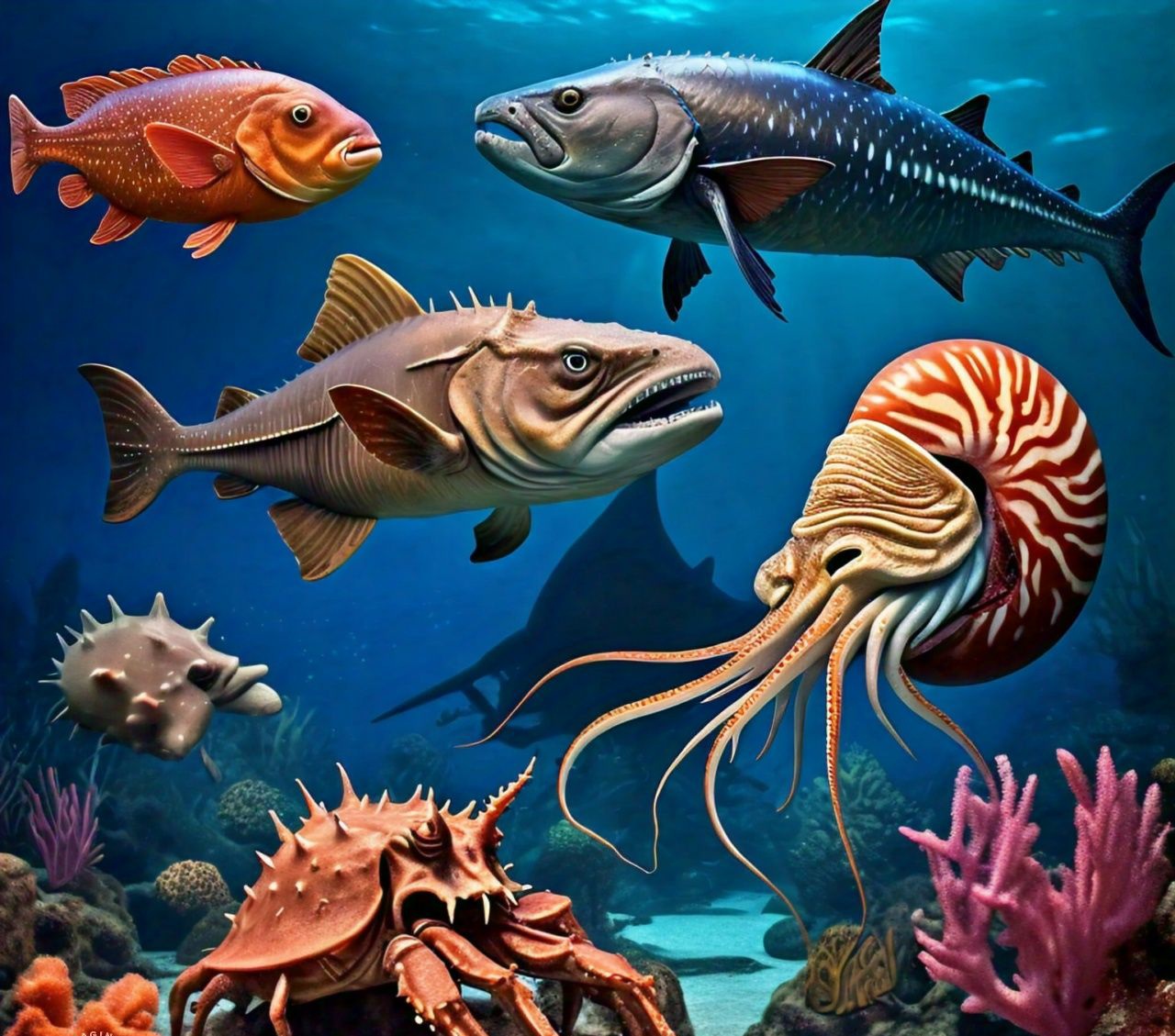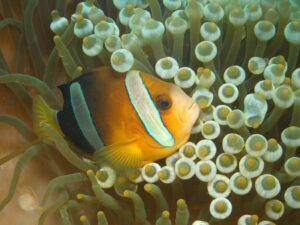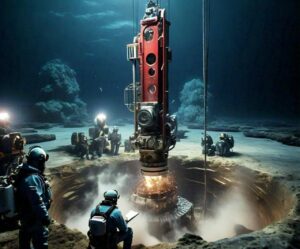Introduction
In the immense field of our seas lie treasures from past creative minds, in the profundities of the waters, and the records of history. Venture with us as we dive into the spellbinding stories of ten striking ocean animals that have molded how we might interpret the old world. From the baffling profundities of ancient seas to the legends of mariners and the marvels of current science, every one of these animals has an exceptional story to tell. Old Marvels of the Oceans
Coelacanth: A Living Fossil
Our process starts with the coelacanth, a fish that resisted the chances of termination. For an extended period, it was remembered to have evaporated from the Earth to astonish the world with its rediscovery in 1938 off the shoreline of South Africa. This crude fish offers a window into the far-off past, giving researchers essential knowledge into the development of vertebrates. Old Marvels of the Oceans
Nautilus: The Living Relic
Then, we experience the nautilus, which rose from a past period. With its twisting shell and arms, the nautilus looks like the antiquated cephalopods that meandered countless oceans a while back. Frequently alluded to as a “living fossil,” this subtle animal helps us remember the secrets of the sea’s profundities. Old Marvels of the Oceans
Horseshoe Crab: Pedigreed Guardians
As we venture further, we experience the horseshoe crab, an animal with a particular spot in history and present-day science. With a heredity traversing north of 450 million years, horseshoe crabs are real overcomers of development. Their unmistakable nobility contains a compound utilized in the biomedical business to recognize bacterial tainting, featuring their essential job in safeguarding human wellbeing.
Goliath Squid: Legend and Reality
All ocean investigation would be finished with experiencing the incredible monster squid. For quite a long time, mariners turned stories of giant tentacled monsters hiding in the profundities just for researchers to affirm their reality in the nineteenth 100 years. With eyes the size of supper plates and arms that can arrive north of 30 feet long, the monster squid keeps enthralling our minds as one of the sea’s most cryptic animals.
Megalodon: The Dominant Hunter of the Antiquated Seas
Turning back the clock, we experience the megalodon, an ancient shark that governed the seas a long period prior. With teeth the size of a human hand and a nibble force unequaled by any animal previously or since the megalodon was a definitive dominant hunter, now is the right time. However lengthy wiped out, its heritage lives on in the fossil record, offering a brief look into a reality where goliaths once meandered the oceans. Old Marvels of the Oceans
Ammonites: Spiraled Leftovers of an Old Era
The fossilized remaining parts of ammonites give a window into the far-off past, offering hints about old marine environments and the animals that occupied them. These terminated mollusks were once plentiful in Earth’s seas, with a different scope of animal categories crossing a long development period. Their delightfully saved shells act as a demonstration of getting through the secrets of the ancient world.
Trilobites: Antiquated Arthropods of the Sea
With their multifaceted exoskeletons and sectioned bodies, trilobites were among the earliest mind-boggling life structures to possess the seas. Terminated for more than 250 million years, these old arthropods assumed an urgent part in molding the marine conditions of their time. Today, their fossils are valued assets of gatherers and researchers, offering essential bits of knowledge into the far-off past.
Steller’s Ocean Cow: A Sad Story of Extinction
The narrative of Steller’s ocean cow fills in as a valuable example of the effect of human movement on marine environments. Found in the eighteenth century by voyager Georg Wilhelm Steller, this delicate goliath was headed to eradication within a brief. Very long time due to overhunting. Today, it fills in as a sobering sign of the delicacy of life in the sea and the significance of preservation endeavors.
Elasmosaurus: The Long-Necked Marine Reptile
During the time of dinosaurs, the oceans were home to animals like the elasmosaurus. A long-necked marine reptile that slinked the old waters. With its smooth body and extended neck, the elasmosaurus was a considerable hunter, going after fish and other sea-going life. Fossil disclosures have revealed insight into its life structures and conduct, enhancing how we might interpret ancient marine biological systems.
Ichthyosaurs: Masters of the Mesozoic Seas
Our process closes with the ichthyosaurs, smooth marine reptiles that administered the oceans during the Mesozoic Time—looking like dolphins. These effortless animals were among the top hunters of their time, hunting fish and squid with striking spryness. Fossil finds have furnished researchers with priceless bits of knowledge into the existence of these old marine reptiles, portraying a past period.
All in all, the historical backdrop of the oceans is an embroidery woven with the tales of exceptional animals that have possessed its profundities for an extended period. From the coelacanth’s early stage beginnings to the megalodon’s superb rule. Every one of these animals has made a permanent imprint on the texture of our planet’s set of experiences. As we investigate and concentrate on the seas. We may recollect the miracles of the past and the significance of saving the fortunes underneath the waves.








